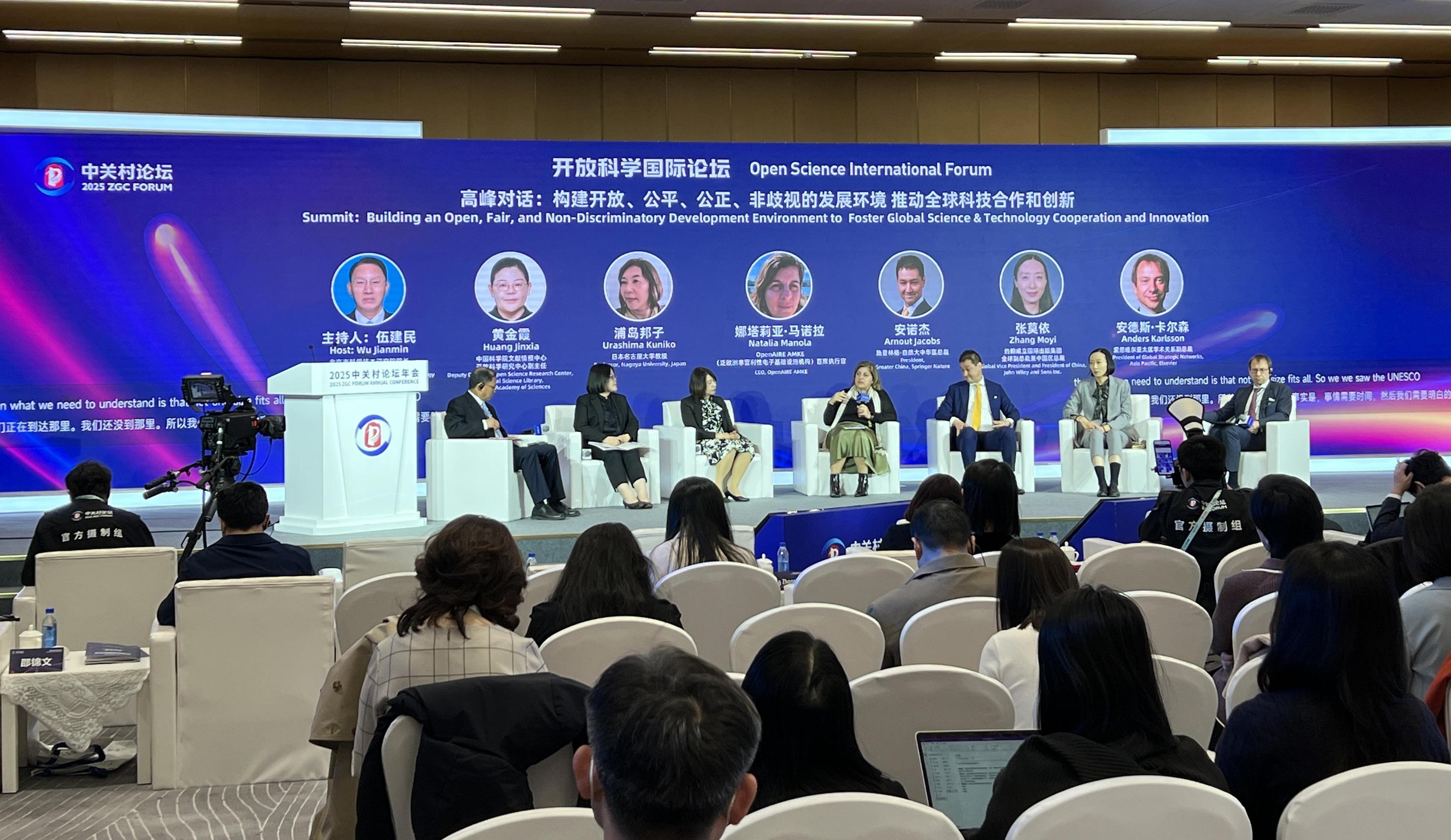AI Transforming Drug Discovery

A future where life-saving drugs are developed in months instead of decades, rare diseases are diagnosed in weeks, and virtual patients replace costly and time-consuming clinical trials is now on the horizon, thanks to AI. The pharmaceutical industry is undergoing a revolution at an unprecedented pace.
In 2023, researchers from MIT harnessed AI to crack a 60-year-old challenge: the discovery of an antibiotic effective against methicillin-resistant Staphylococcus aureus (MRSA). By analyzing data from 39,000 compounds and deploying advanced deep learning models, they screened 12 million molecules to identify one that was both safe and effective. Achievements like this, once deemed impossible with human capabilities alone, showcase AI's transformative potential in drug discovery, drastically reducing time and increasing success rates.
Using AI to speed up drug design
AI plays a critical role in improving drug design, especially in identifying and working with drug targets — specific molecules in the body that a new drug aims to interact with to treat a disease. Traditionally, finding these targets and successfully creating a drug around them has been extremely challenging, as many promising discoveries fail during testing and development. AI helps overcome this difficulty by analyzing vast amounts of data to identify potential drug targets and predict how they might respond to treatment. This approach not only makes the process faster but also significantly improves the chances of developing effective treatments.
Researchers estimate that AI can reduce the time needed to design new drugs by up to 70 percent, and dramatically increase the likelihood of success.
As noted by Chinese Academy of Sciences academician Chen Kaixian, AI's potential to influence the entire drug development chain is vital. Its ability to predict successful drug-target interactions and streamline molecular design has already led to substantial improvements in both efficiency and effectiveness across the industry.
Lowering drug testing costs
The exorbitant costs of drug testing have long hindered innovation. AI is shifting this paradigm through the introduction of virtual cells and silicon-based "patients." In a recently published study, researchers simulated 1,635 virtual breast cancer patients to identify biomarkers that optimize clinical treatments. These simulations produced highly accurate results, closely mirroring real-world data.
By using advanced imaging technologies and molecular biology, virtual cells allow for high-fidelity simulations of cellular behavior under various drug conditions. This approach minimizes the need for physical trials and enables researchers to conduct high-throughput, accurate experiments in silico.
For rare diseases, where patient populations are small and clinical trials are difficult to conduct, virtual models provide an effective solution. GeneT, an AI model for rare diseases developed by BGI Genomics and Peking Union Medical College Hospital, for example, has cut diagnosis times from years to weeks by identifying genetic mutations with 20 times the efficiency of traditional methods. This technological advancement is fundamentally reshaping the way pharmaceutical companies approach rare disease treatments and clinical trials.
Cross-disciplinary collaboration fuels AI innovation
The success of AI in pharmaceuticals depends heavily on collaboration across various disciplines. At recent conferences, joint research efforts by algorithm engineers, geneticists, and pharmacologists have led to significant breakthroughs. One notable example of AI's potential to uncover unexpected connections is the discovery that antiviral drugs might also help lower blood pressure. This demonstrates AI's ability to transcend traditional boundaries and find relationships across different fields of medicine.
The growing integration of AI in pharmaceutical research is also driving structural changes in how data is handled. Eliminating "data silos" has become a priority, and government policies emphasize the need for accessible, interoperable data. These policies, combined with AI models that can process billions of parameters, are laying the foundation for organized research that can address complex global health challenges.
Despite the challenges posed by interdisciplinary communication, the rewards of AI-driven collaboration are undeniable. With AI set to play a central role in tasks from molecular optimization to automatic data analysis, the future of drug development is unmistakably AI-powered.







